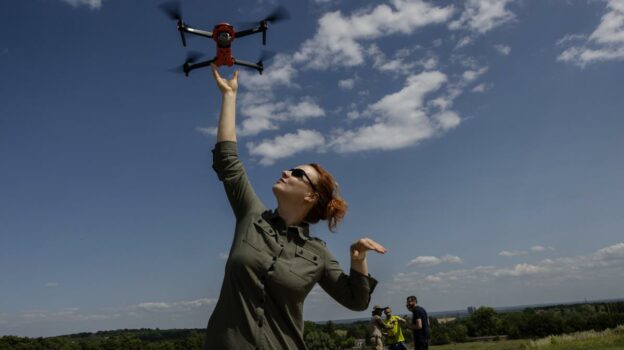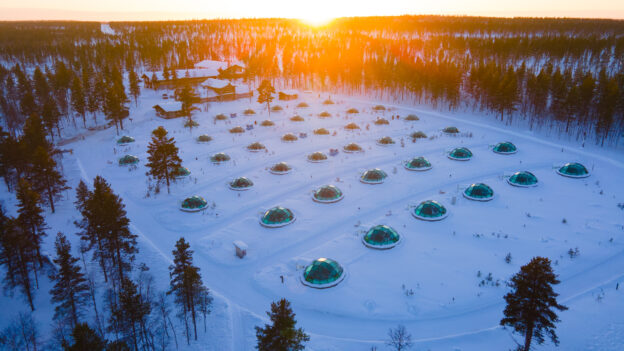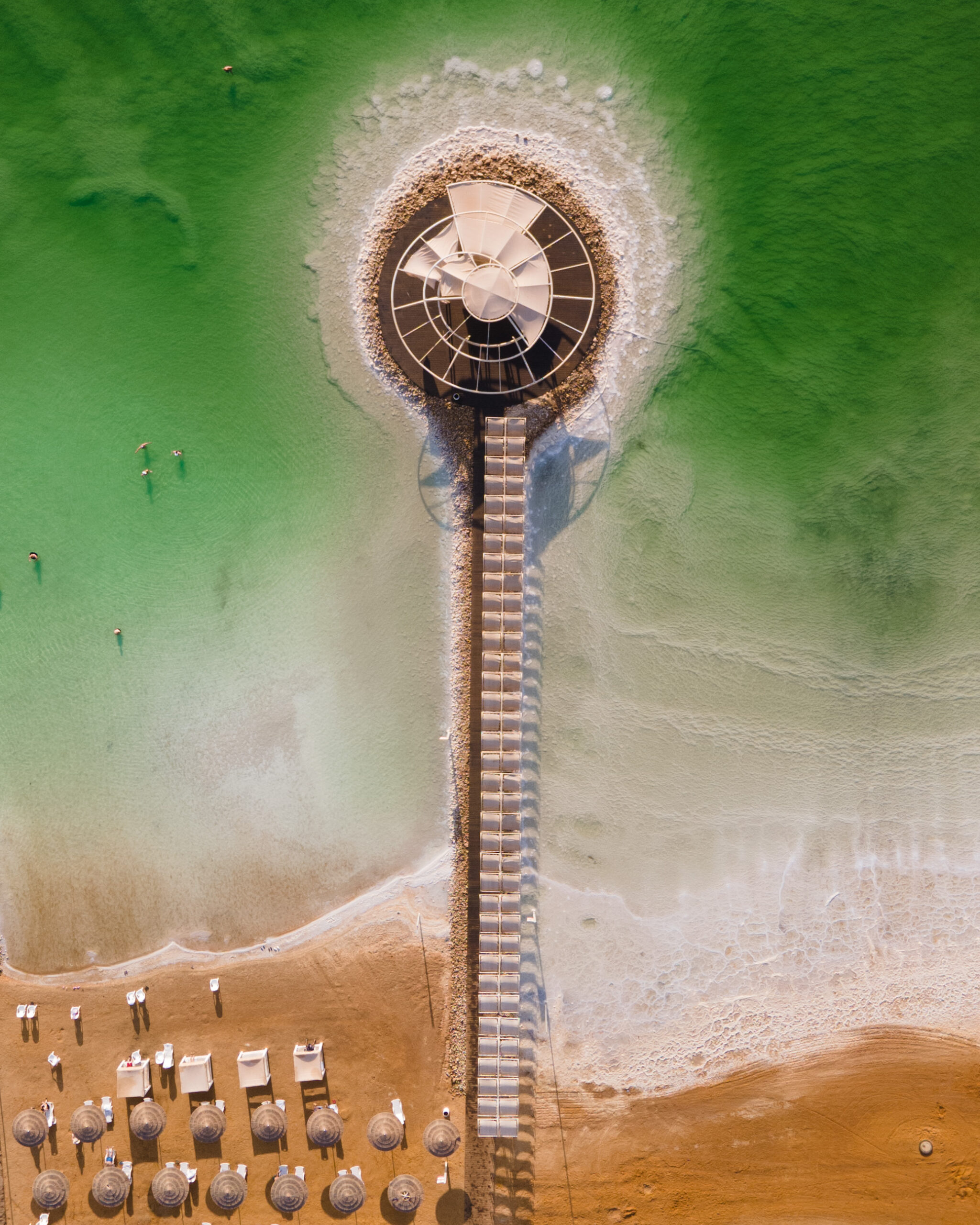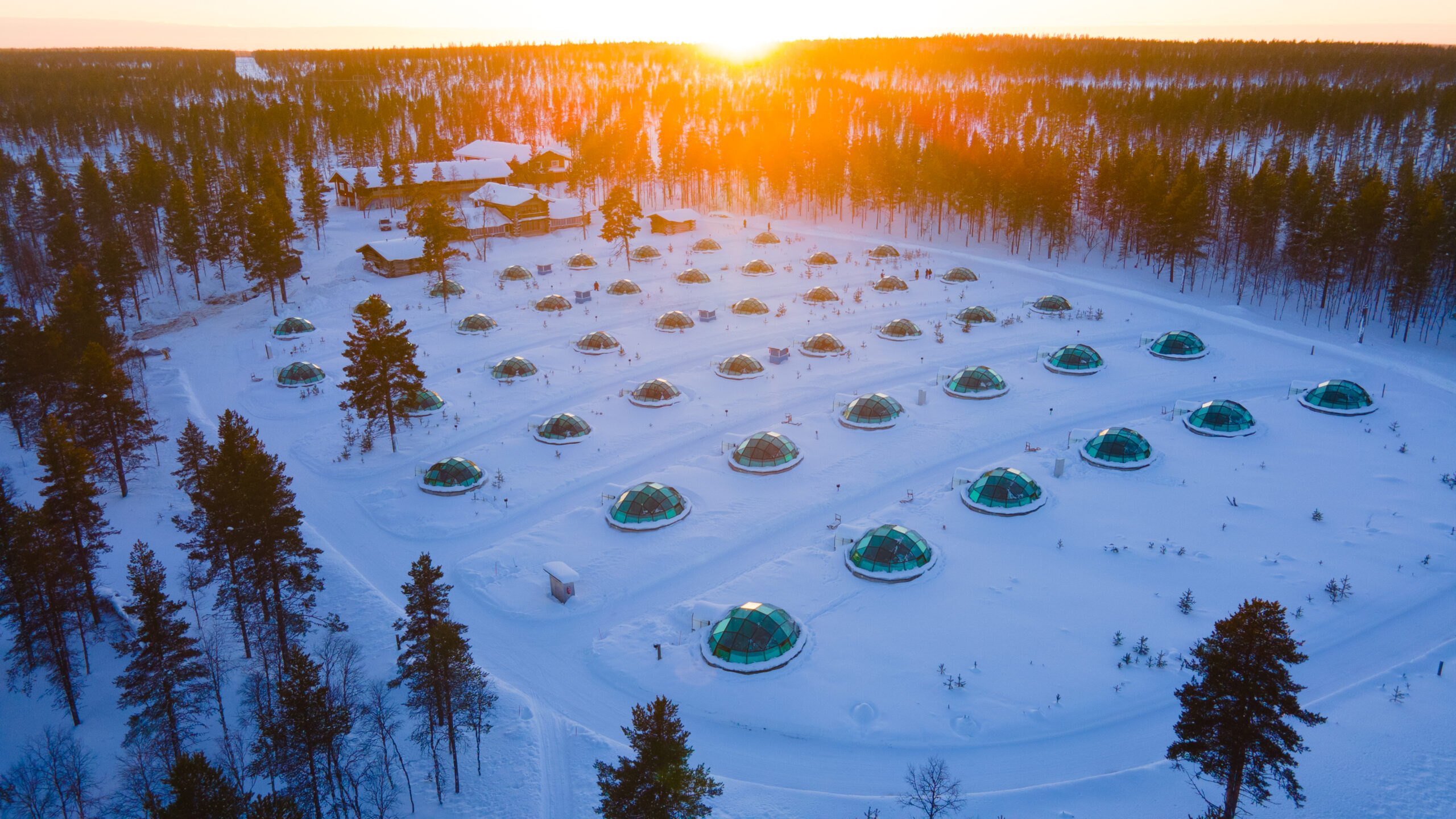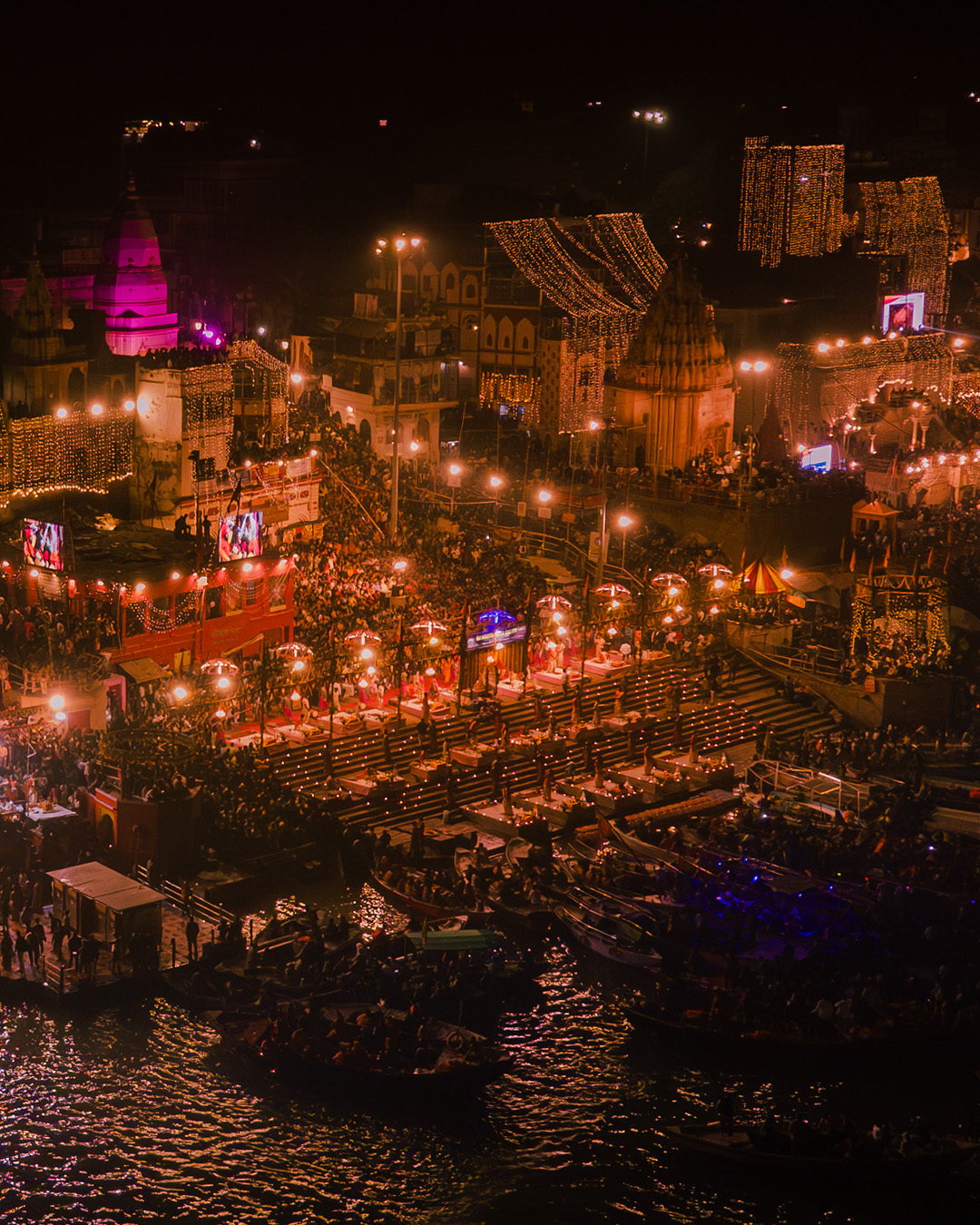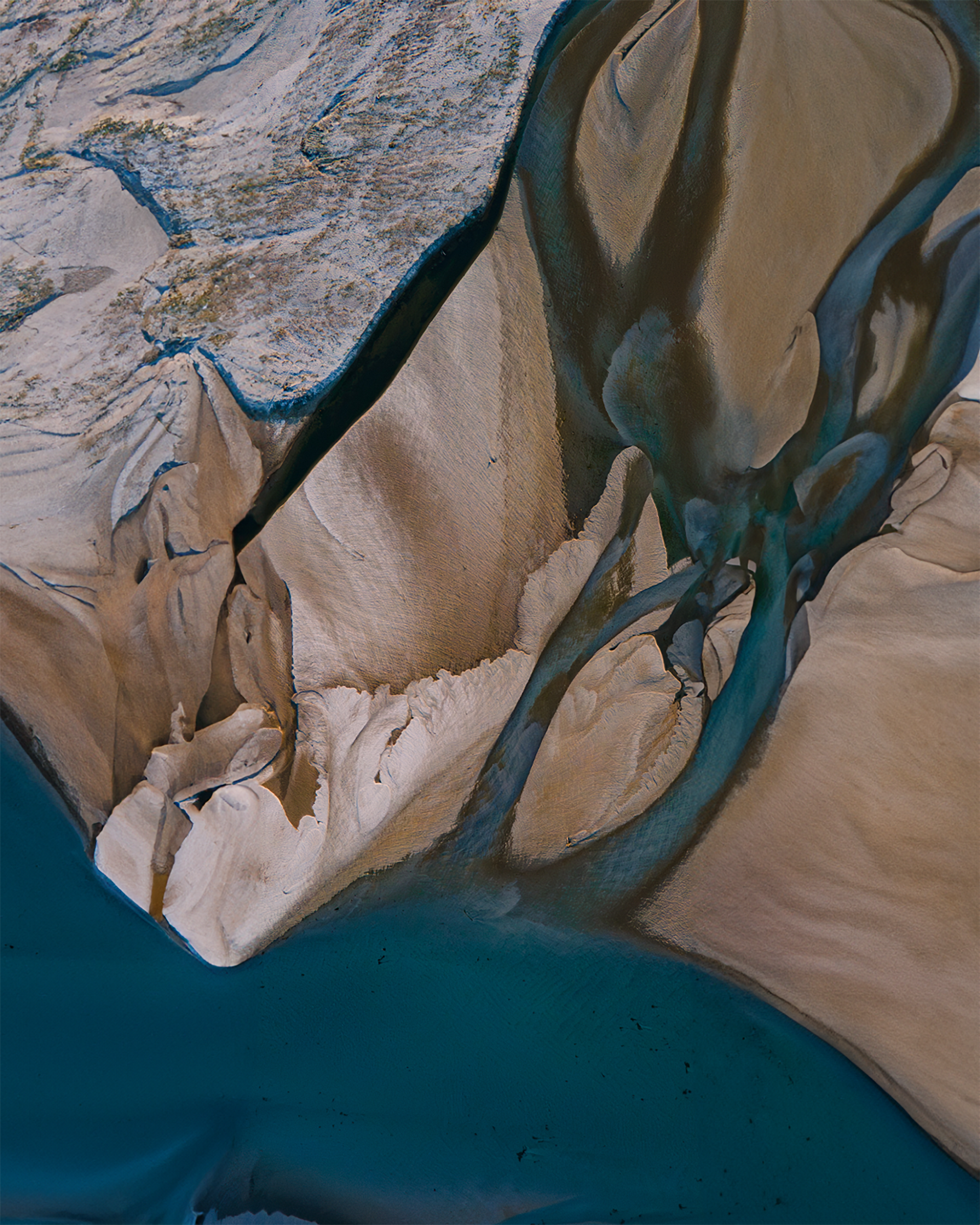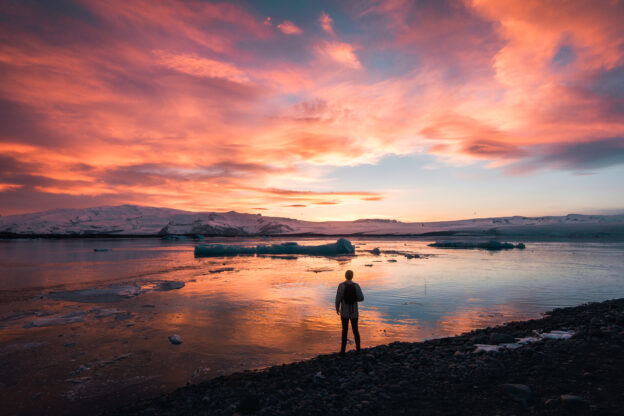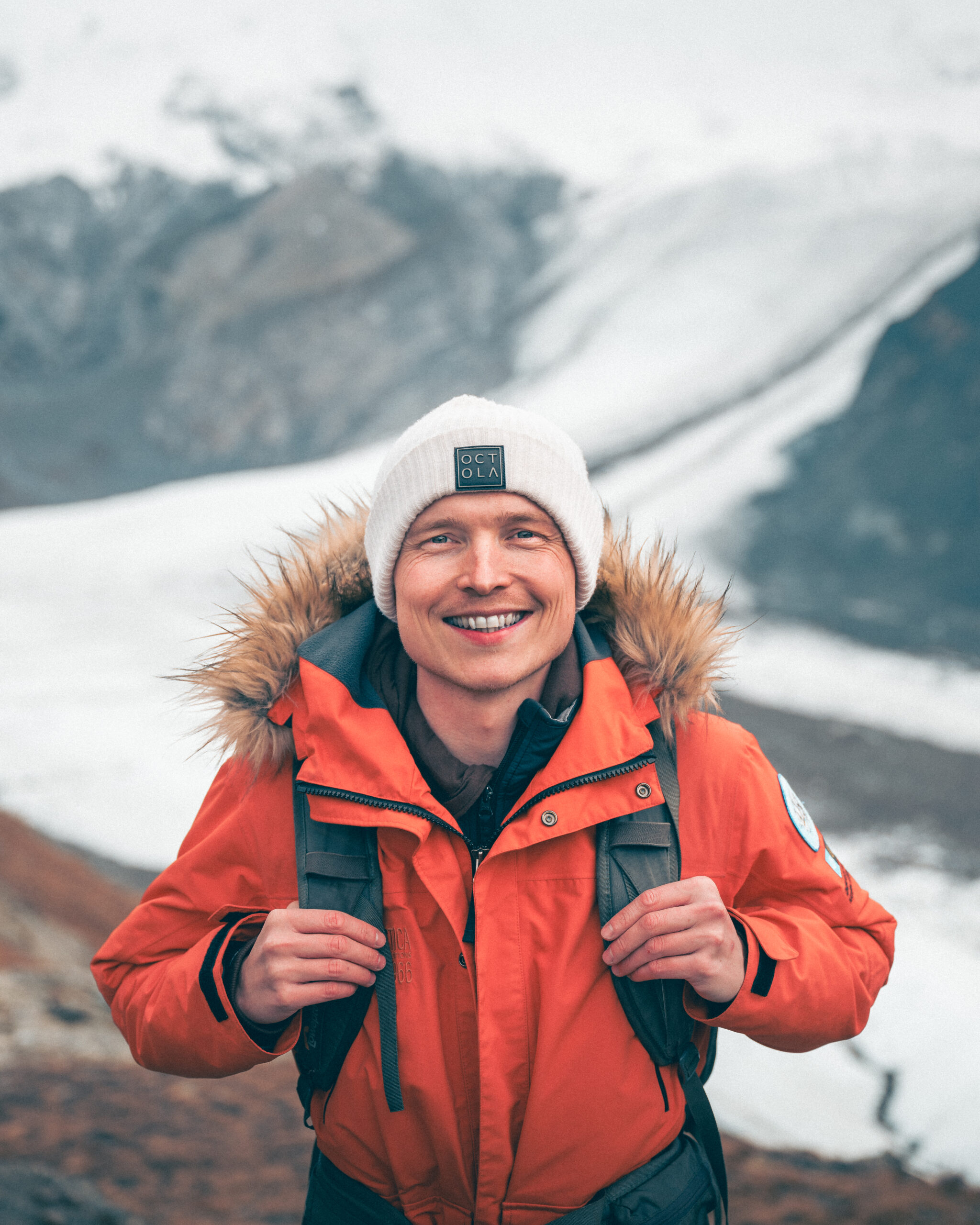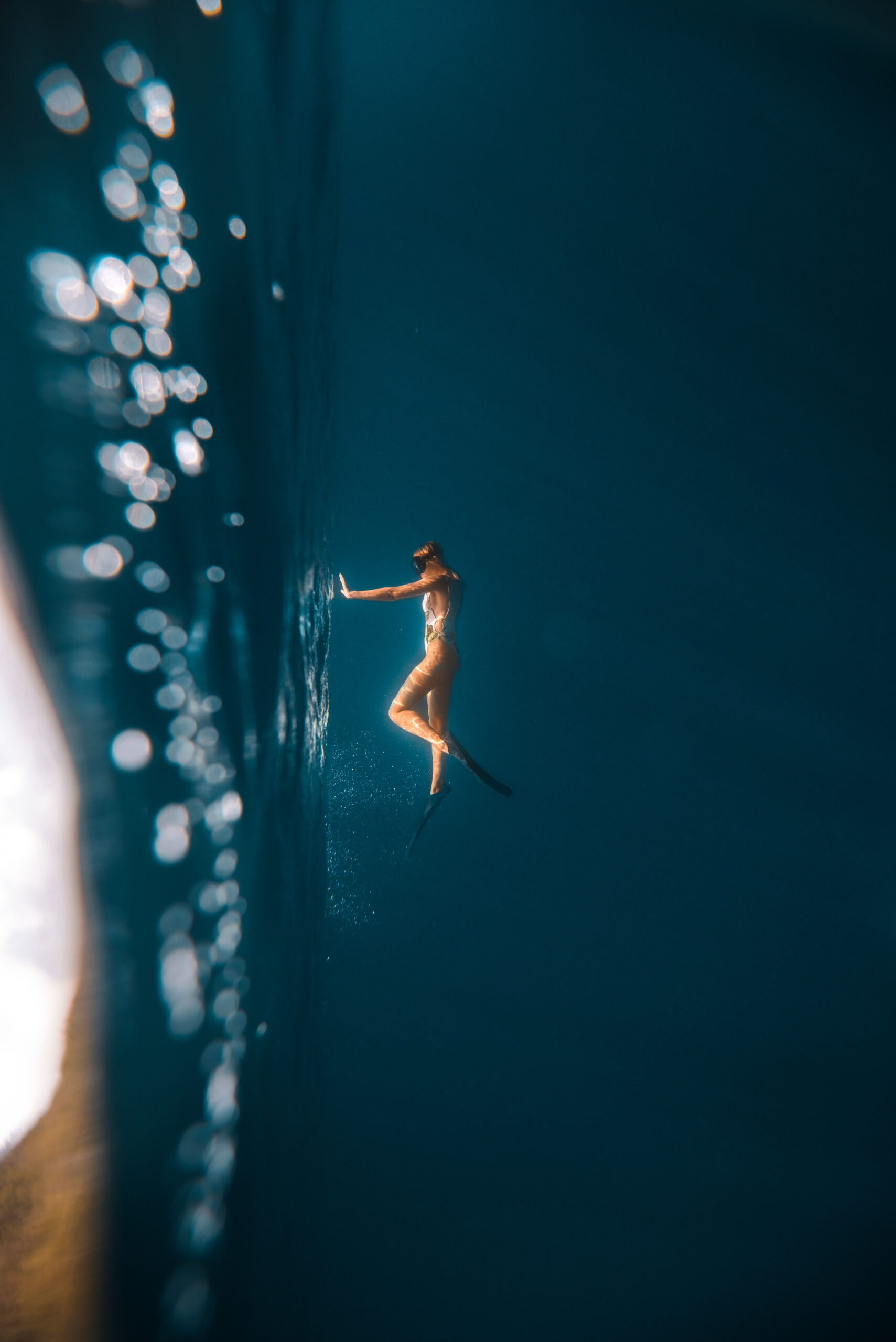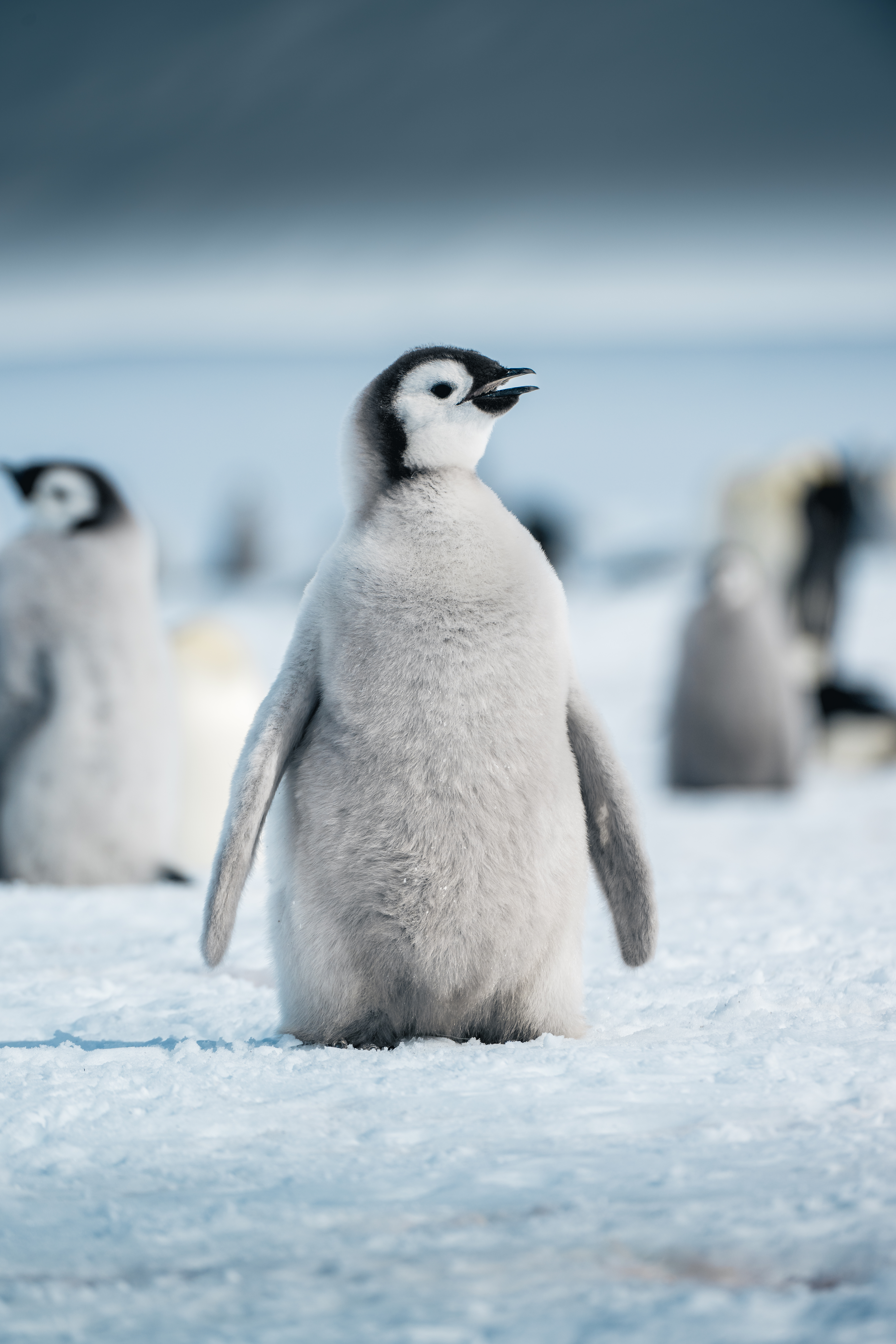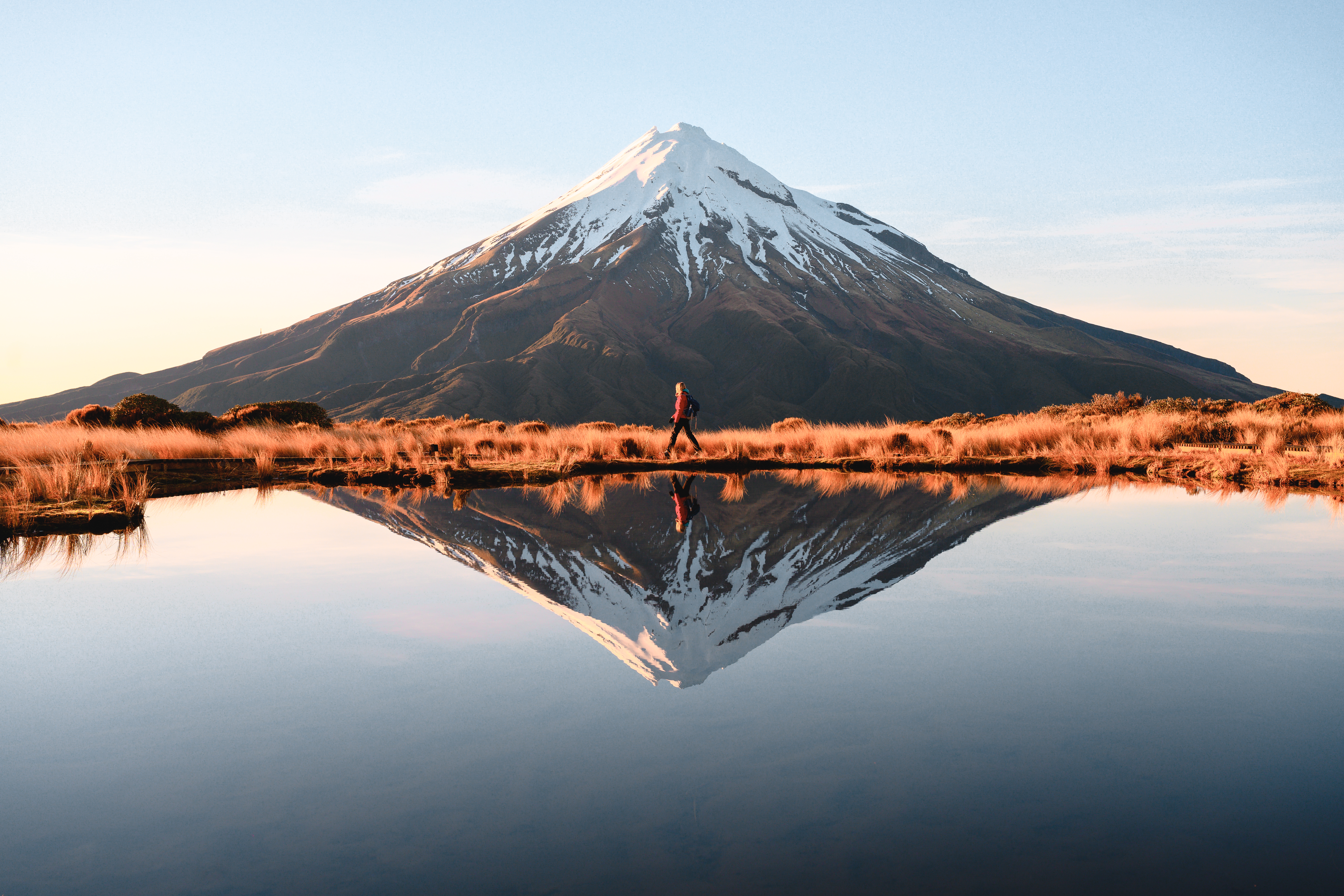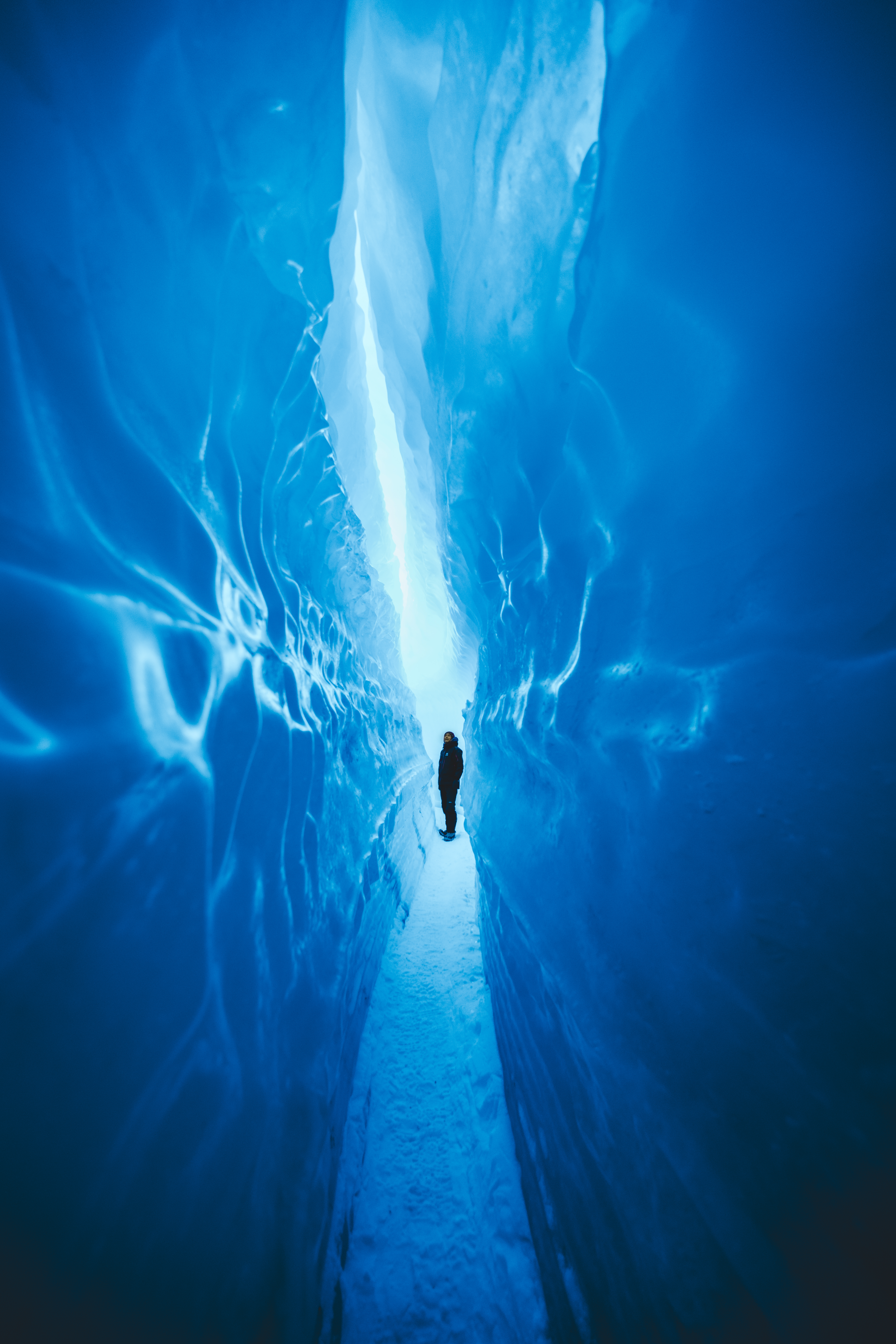Travel photography has evolved dramatically with the advent of drone technology. Drones allow photographers to capture breathtaking aerial perspectives that were once only possible with helicopters or planes. Whether you’re documenting a scenic coastline, a bustling cityscape, or a remote mountain range, drone photography can elevate your travel portfolio.
However, flying a drone while traveling comes with challenges—legal restrictions, safety concerns, and technical considerations. This guide covers everything you need to know about drone photography on the road, from regulations to best practices.
1. Understanding Drone Regulations
Before taking off, it’s crucial to research local drone laws. Regulations vary by country and in case of India, can vary state-by-state and UTs. Violating them can lead to fines, confiscation of your equipment, a combination of the two or more.
Key Considerations:
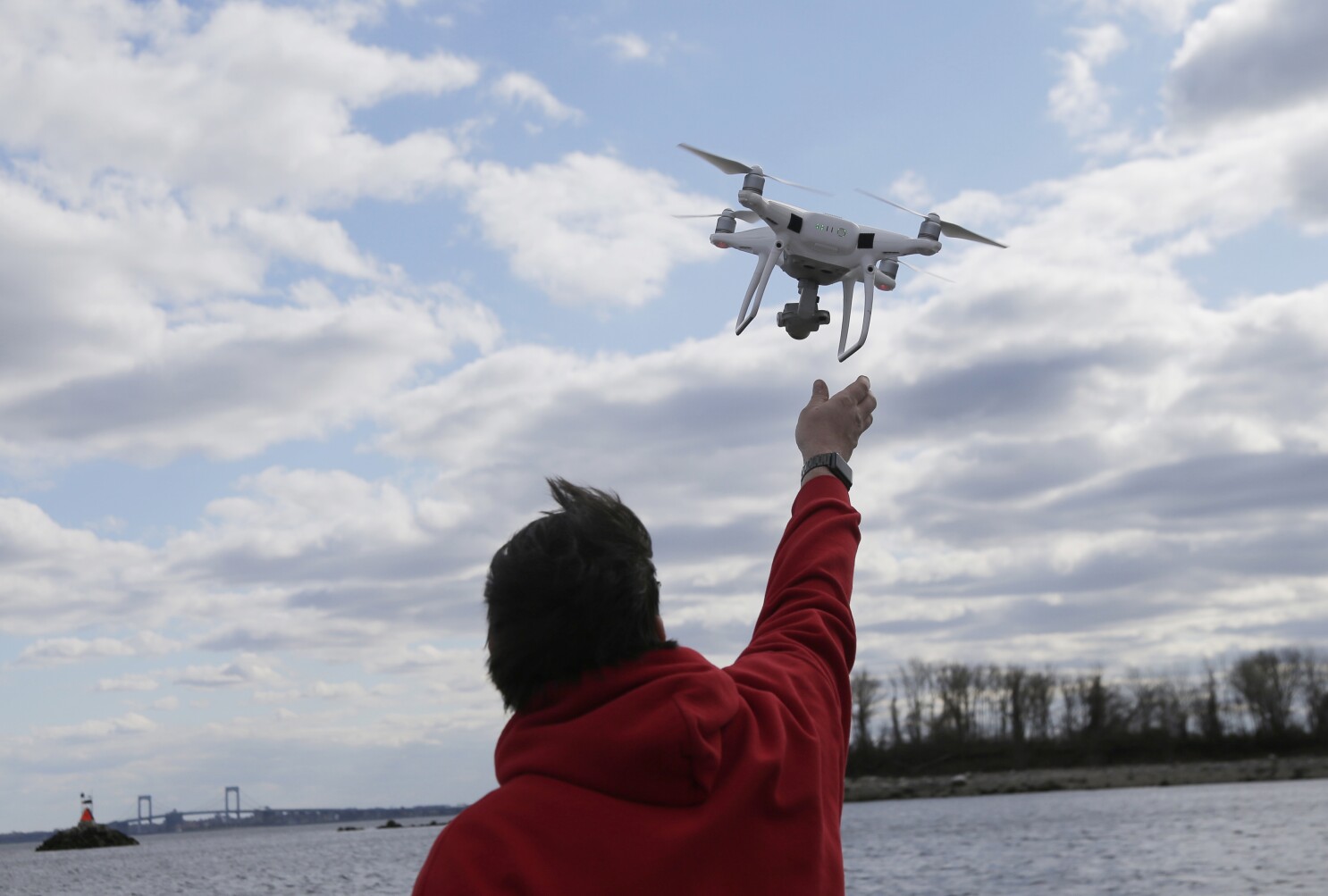
- Registration Requirements: Many countries require drone registration (e.g., DGCA in India, FAA registration in the US, EASA rules in the EU).
- No-Fly Zones: Airports, military bases, and national parks often prohibit drones. Apps like DroneMate can help identify restricted areas.
- Altitude & Distance Limits: Most countries impose a maximum altitude (typically 120m/400ft) and require keeping the drone within visual line of sight.
- Privacy Laws: Some regions have strict privacy laws against photographing people without consent.
Pro Tip: Check government aviation websites for the latest rules before travelling.
2. Choosing the Right Drone for Travel
Not all drones are travel-friendly. Consider these factors when selecting one:
Portability
- Foldable Drones: Models like the DJI Mini 4 Pro or DJI Flip or Autel EVO Nano+ are compact and lightweight.
- Weight Limits: Micro drones often face fewer restrictions, but also have their own limitations. Opt for them if required as they cause the least amount of disruption and can lead to smoother flights.
Battery Life & Charging
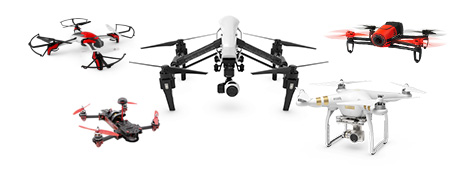
- Look for drones with 20+ minutes of flight time and carry spare batteries. In 2025, most drones qualify for this, however, it’s a good idea to buy the “Fly More” combo available for every drone.
- Check if your destination uses compatible power outlets or bring a universal adapter.
Camera Quality
- Sensor Size: Larger sensors (1-inch or bigger) perform better in low light.
- Resolution & Stabilization: 4K video and 3-axis gimbals ensure smooth, high-quality footage.
Best Travel Drones in 2025:
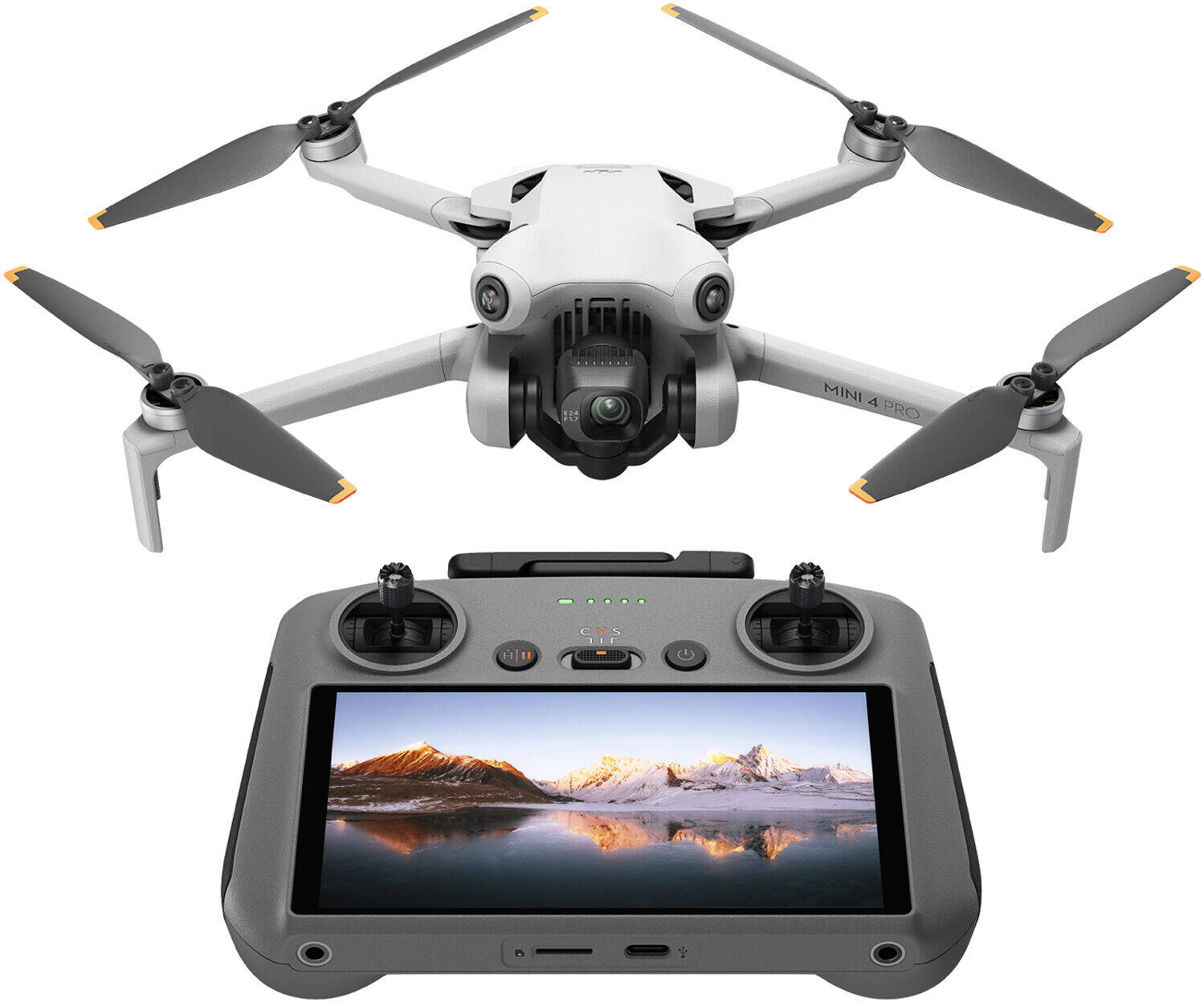
- DJI Mini 4 Pro (Ultra-light, great for beginners)
- Autel EVO Lite+ (Excellent camera, longer flight time)
- Skydio 2+ (AI-powered obstacle avoidance)
3. Packing & Transporting Your Drone
Traveling with a drone requires careful packing to avoid damage or airport hassles.
Carry-On vs. Checked Luggage

- Always carry your drone in hand luggage—lithium batteries are prohibited in checked bags on many airlines.
- Use a hard-shell case (e.g., Pelican or DJI Fly More Case) for protection.
Airport Security Tips
- Be prepared for additional screening—TSA and other agencies may inspect drone batteries.
- Keep batteries at 30-50% charge for air travel to reduce fire risk.
4. Pre-Flight Checklist for Travel Drones
Before every flight, follow this checklist to ensure safety and compliance:
- Check local drone laws, and to do that, use apps like Airmap or UAV Forecast.
- Inspect your drone propellers, battery, and gimbal – make sure they’re calibrated properly.
- Calibrate the compass and IMU, especially after long-distance travel.
- Check weather conditions and avoid high winds, rain, or extreme temperatures, which might give you less time in flight as well as less footage than expected – better to wait these out.
- Find a safe takeoff/landing spot – avoid crowds and obstacles, especially trees and overhead power lines.
5. Capturing Stunning Travel Photos & Videos
Aerial photography opens up creative possibilities. Here’s how to make the most of it:
Composition Tips:
- Rule of Thirds: Position key elements (roads, rivers, buildings) along grid lines.
- Leading Lines: Use natural or man-made lines (roads, coastlines) to guide the viewer’s eye.
- Symmetry & Patterns: Capture geometric landscapes, like terraced fields or urban grids.
Best Times to Fly:

- Golden Hour (sunrise/sunset) for warm, dramatic lighting.
- Blue Hour (twilight) for cityscapes with glowing lights.
- Broad daylight – daylight is the best because you can spot your aircraft visually anywhere and can also see obstructions in the way.
Creative Techniques
- Orbit Shots: Circle a landmark for cinematic footage.
- Top-Down (Nadir) Shots: Perfect for abstract landscapes.
- Reveal Shots: Start close to a subject, then ascend to reveal the surroundings.
6. Post-Processing Drone Footage
Quick Editing Tips:
- Adjust contrast, shadows, and vibrance for punchier images. Colour correct and grade according to your style.
- Use gradient filters to balance sky and ground exposure – drone cameras might not have the best dynamic ranges. Also it’s preferable if you can shoot RAW or Log (video).
- Stabilize shaky footage – There still might be some due to winds – with warp stabilizer.
7. Ethical and Responsible Drone Flying
While drone photography offers incredible creative freedom (and is also fun), it also comes with a responsibility to respect people, wildlife, and the environment. Irresponsible flying can lead to legal trouble, damage to ecosystems, and negative perceptions of drone pilots. Here’s how to fly ethically while travelling:
A. Respect Privacy and Local Communities
- Avoid Intrusive Filming: Never fly over private homes, backyards, or sacred sites without permission. Even in public spaces, be mindful of people who may not want to be photographed.
- Follow Cultural Norms: In some countries, drones are seen as invasive or even threatening. Research local attitudes—for example, flying drones near religious ceremonies or indigenous lands may be offensive.
- Engage with Locals: If someone expresses discomfort, land your drone and explain your intentions politely. Building goodwill helps maintain positive relations between drone pilots and communities.
B. Protect Wildlife and Natural Habitats
- Keep Your Distance: Drones can stress animals, causing them to flee or abandon nests. Maintain a safe altitude (at least 100m/330ft from wildlife) and avoid nesting or breeding areas.
- Follow Park Rules: Many national parks and protected areas ban drones to preserve ecosystems. Check regulations before flying—violations can result in hefty fines.
- Avoid Sensitive Environments: Sand dunes, coral reefs, and fragile landscapes can be damaged by drone crashes or even rotor wash. Stick to durable surfaces for takeoff/landing.
C. Minimise Noise Pollution
- Drones Can Be Annoying: The buzzing sound can disrupt peaceful settings, like quiet villages or serene nature spots. Fly only when necessary and avoid prolonged hovering near people.
- Choose Quieter Models: Some drones (like the DJI Mini series) are quieter than larger commercial models. If noise is a concern, opt for a less disruptive drone.
D. Leave No Trace
- Pack Out Everything: If you crash or need to replace parts, don’t leave broken propellers or batteries behind. Lithium batteries can be hazardous to the environment.
- Avoid Risky Manoeuvres Near Landmarks: A drone crash into a historic site or natural wonder could cause irreversible damage. Always prioritise safety over getting the “perfect shot”.
E. Educate Others and Lead by Example
- Share Best Practices: If you see other drone pilots acting irresponsibly, politely inform them of local rules (e.g. no-fly zones or altitude limits).
- Support Responsible Drone Advocacy: Join communities like Drone U or FPV Freedom Coalition that promote ethical flying and work with regulators to balance access and conservation.
Conclusion: Keep The Blue Side Up
Drone photography is a game-changer for travel photographers, offering unique perspectives that ground-based shots can’t match. However, success depends on understanding regulations, choosing the right gear, and flying responsibly. By following this guide, you’ll be well-equipped to capture stunning aerial imagery on your next adventure—without legal trouble or safety risks.

